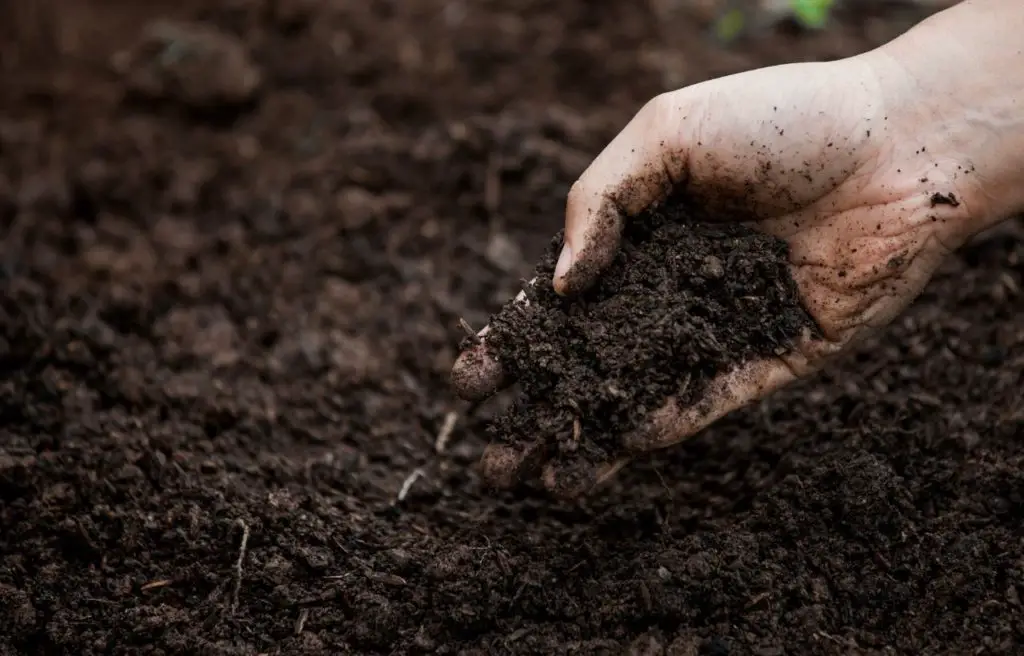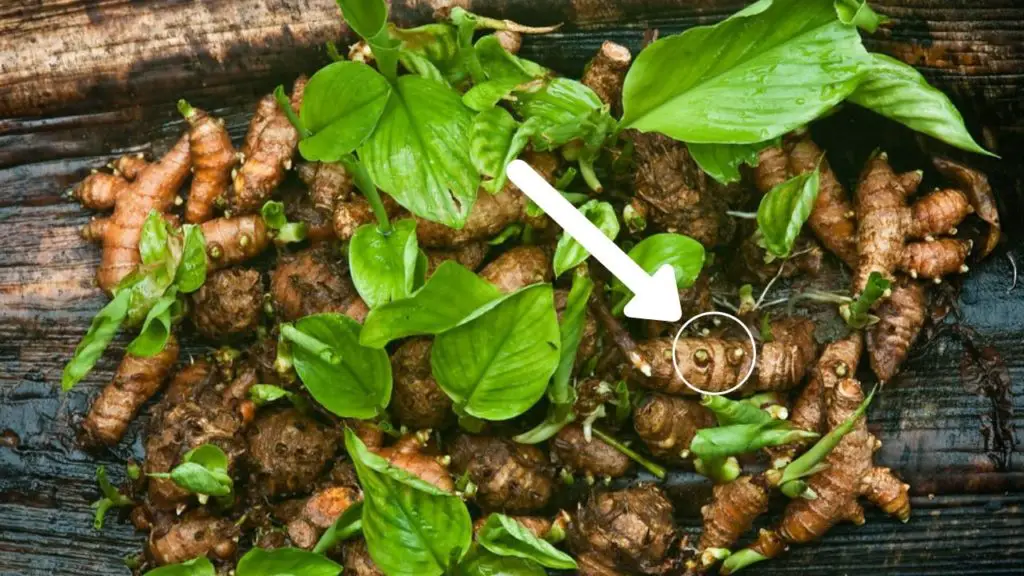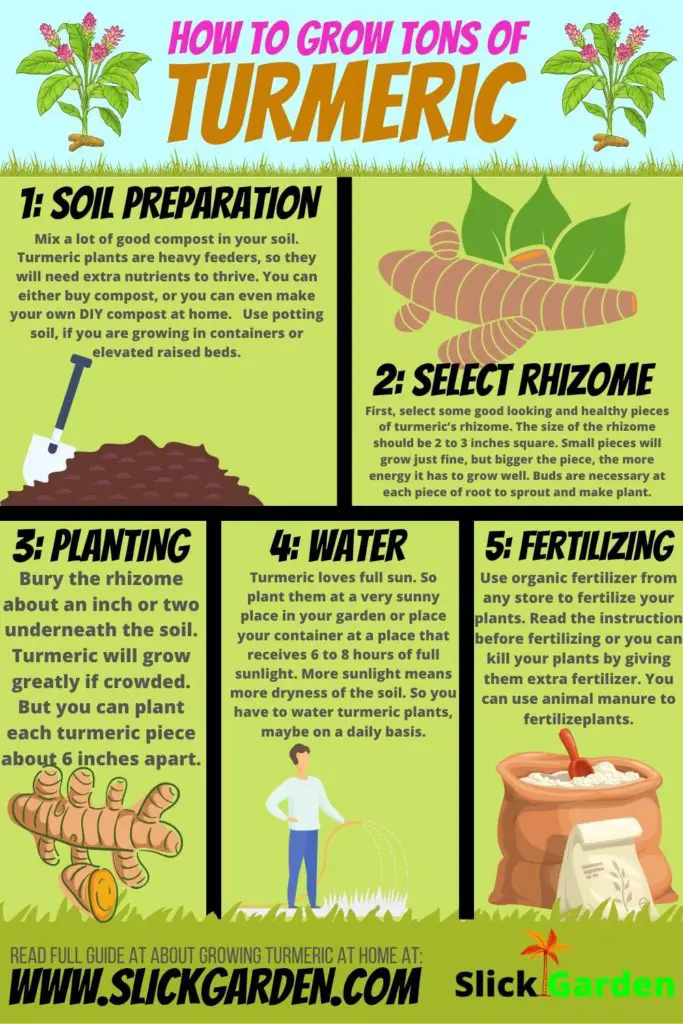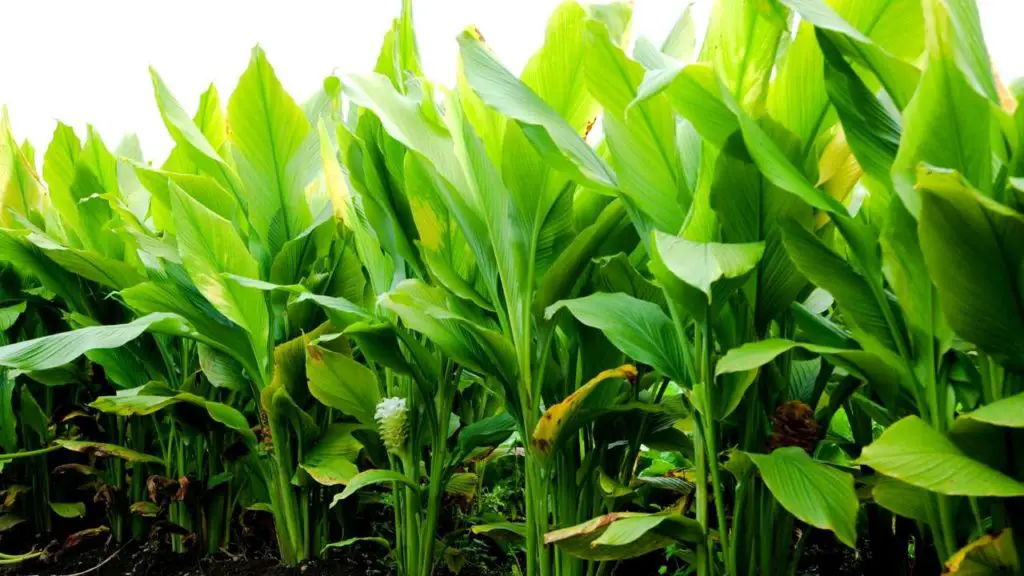The family of ginger and turmeric is the same. Turmeric is one of the most popular foods in the whole world, particularly due to its versatility in cooking, its use in the medical world. Hundreds of scientific tests have shown turmeric can stimulate cancer-fighting genes in human cells.
Turmeric also has a big use in the beauty industry. Turmeric is been used to make face creams (related to aging). Plus, turmeric is a gift for people with joint pains.
You can use turmeric in the curry to add flavors and color, drink it by mixing in milk or you can also use it as supplements as capsules of turmeric.
Watch the video tutorial here.
Here are my top 8 tips on how to grow a ton of turmeric at a very limited space.
1: Soil Preparation.

Turmeric is a very hardy crop. It is very easy to grow, you can even abuse turmeric and it will still find a way to thrive in your kitchen garden. This means you cannot go wrong in growing turmeric.
But if you wanted to grow a lot of turmeric at a very small space, you have to follow these simple steps. The first one is preparing the soil before planting. Soil with rich nutrients is the only thing you need to worry about.
So mix a lot of good compost in your soil. Turmeric plants are heavy feeders, so they will need extra nutrients to thrive. You can either buy compost, or you can even make your own DIY compost at home.
Use potting soil, if you are growing in containers or elevated raised beds. Potting soil will provide a lot of nutrients to plants for weeks. You can also buy or make your own potting soil at home.
Read these guides to make your own potting soil and compost.
- How To Make Potting Soil At Home For Container Gardening
- How To Make Compost At Home Using Kitchen And Garden Wastes
- 10 Elevated Raised Bed Plants To Grow Veggies
2: Planting.

Turmeric grows from the rhizome, we also called them roots. So you can buy rhizome or roots of turmeric from any nursery or any other plant store.
First, select some good looking and healthy pieces of turmeric’s rhizome. The size of the rhizome should be 2 to 3 inches square. Small pieces will grow just fine, but bigger the piece, the more energy it has to grow well.
Buds are necessary at each piece of root to sprout and make turmeric plant. Before planting the pieces, you need to till the soil to make it crumbly. Because hard soil will be a problem for the fruit to grow inside the soil.
Bury the rhizome about an inch or two underneath the soil. Turmeric will grow greatly if crowded. But you can plant each turmeric piece about 6 inches apart.

3: Water.
Turmeric loves full sun. So plant them at a very sunny place in your garden or place your container at a place that receives 6 to 8 hours of full sunlight.
More sunlight means more dryness of the soil. So you have to water turmeric plants, maybe on a daily basis. Check out the condition of the soil before watering, check the moisture level of soil, if the soil feels dry, give water.
If you are growing in the container, you may have to give the water more as compare to ground plants. If your potting soil is good, water will drain faster, so more water will be required. The soil with good drainage always requires more water, which is a good thing for rhizomes like turmeric and ginger.
4: Mulch.
Mulching is a good thing to do. As I mention on the above point, turmeric plants are water-loving plants, they need extra water to grow well. So mulching can save water from evaporation and save soil from drying out.
Plus mulch can stop the growth of weeds and will decompose to make extra nutrients for your plants. You can use dead and dry leaves, wood chips or any kind of organic mulch to protect your plants.
Also Read: Here Is Everything About Using Pine Bark Mulch In Vegetable Garden
5: Fertilizing.

Turmeric plants are heavy feeders. They require a constant supply of nutrients to grow well. Compost in your soil will provide nutrients for weeks, but you will require to fertilize your plants.
Use organic fertilizer from any store to fertilize your plants. Read the instruction before fertilizing or you can kill your plants by giving them extra fertilizer. You can also use animal manure to fertilize turmeric plants.
If you are using potting soil for containers, you will also need fertilizer after a few weeks. All-purpose plant food can do the trick.
6: Crop Rotation.
You may have heard the benefits of crop rotation and they are amazing. To save to your plants from different diseases and pests, you have to rotate your crop from garden bed to bed.
Crop rotation is also a great trick to save your bed from different weeds. Because some weeds grow very well in the presence of certain vegetable crops.
If you are growing in containers, you don’t have to worry about crop rotation, just change the potting soil of your container and you are good to go.
7: Harvesting.

Harvesting is a very important and most enjoyable part of growing any crop. Let the plants of turmeric die completely. It will transfer all the nutrients from plants to the rhizome and enhance the taste of it.
Try to harvest the turmeric before the new season starts, or new plants will grow on the rhizome. Use a simple garden fork to dig them up and clean them with water.
There will be two parts of turmeric’s rhizomes. Mouth part and finger parts. You can use both of them to eat or use just finger parts to eat and mouth part to plant in the next growing season.
8: Storing.

You cannot use all the turmeric at once. You can keep them fresh for weeks but after that, you have to store them. Make pickles or turmeric powder after drying them. Turmeric powder is the most common and useful form of turmeric rhizomes.
For next season, put some turmeric roots or rhizomes inside the container or any kind of box. Put some mulch on top keep them safe until the next growing season.



